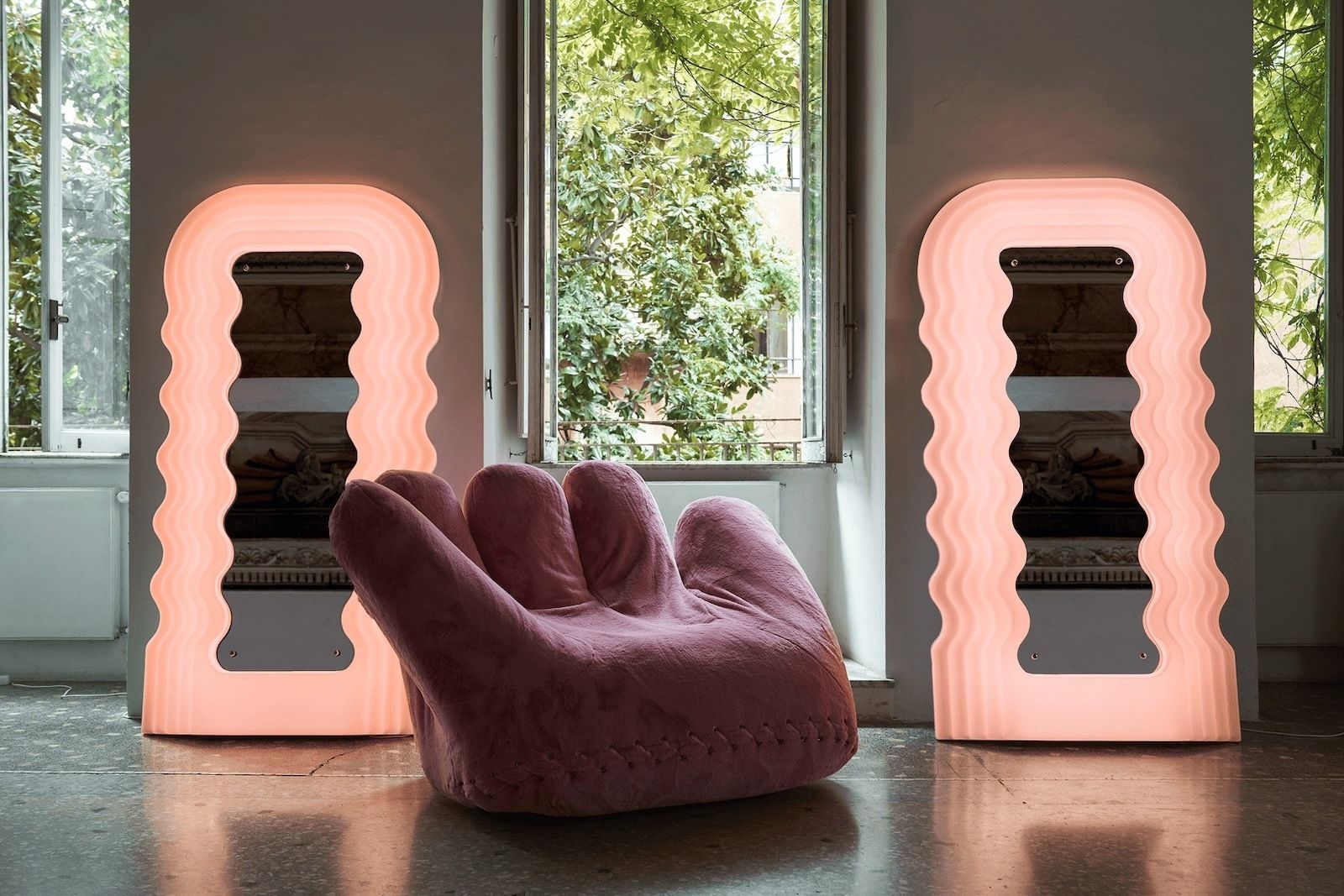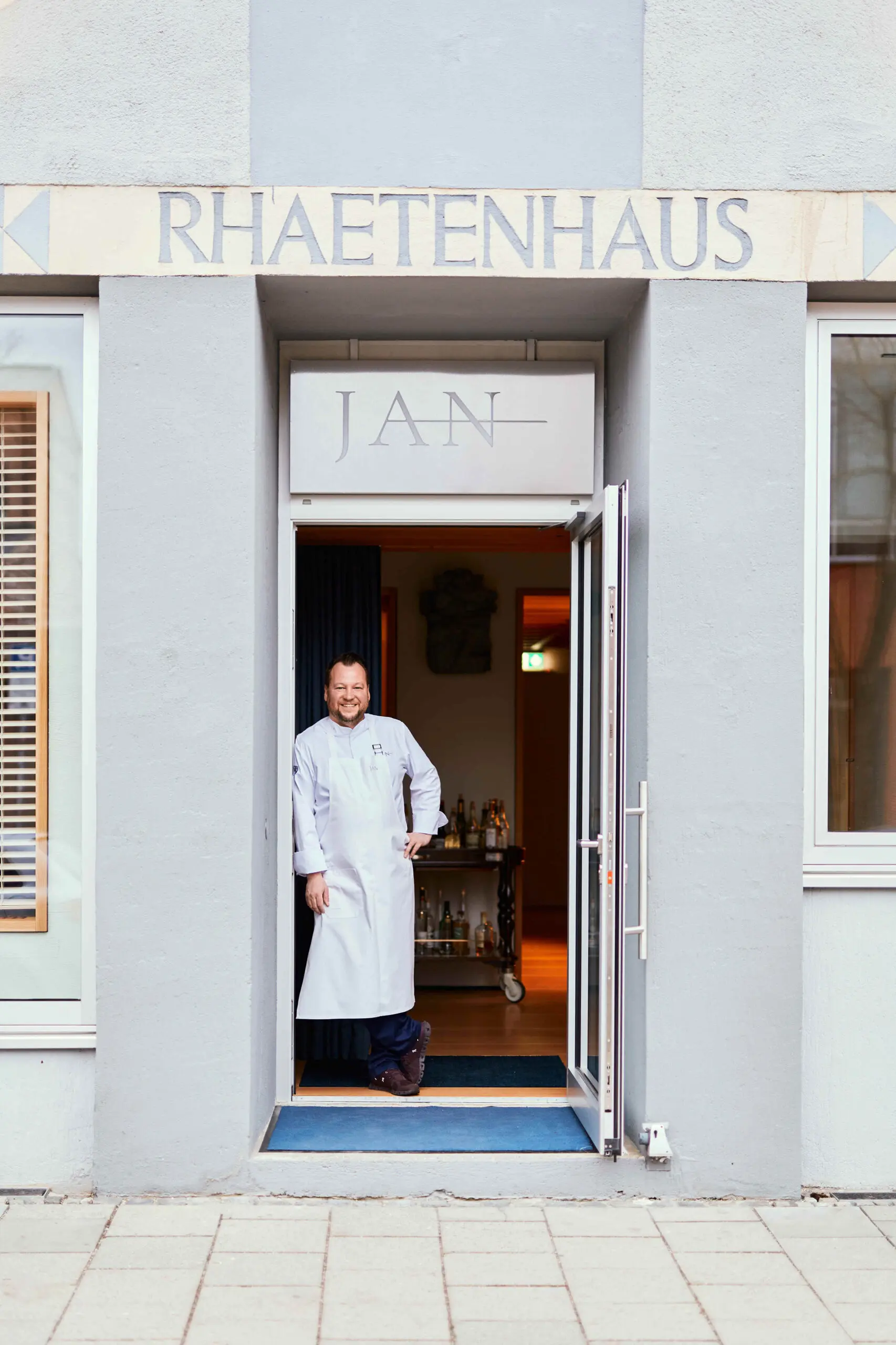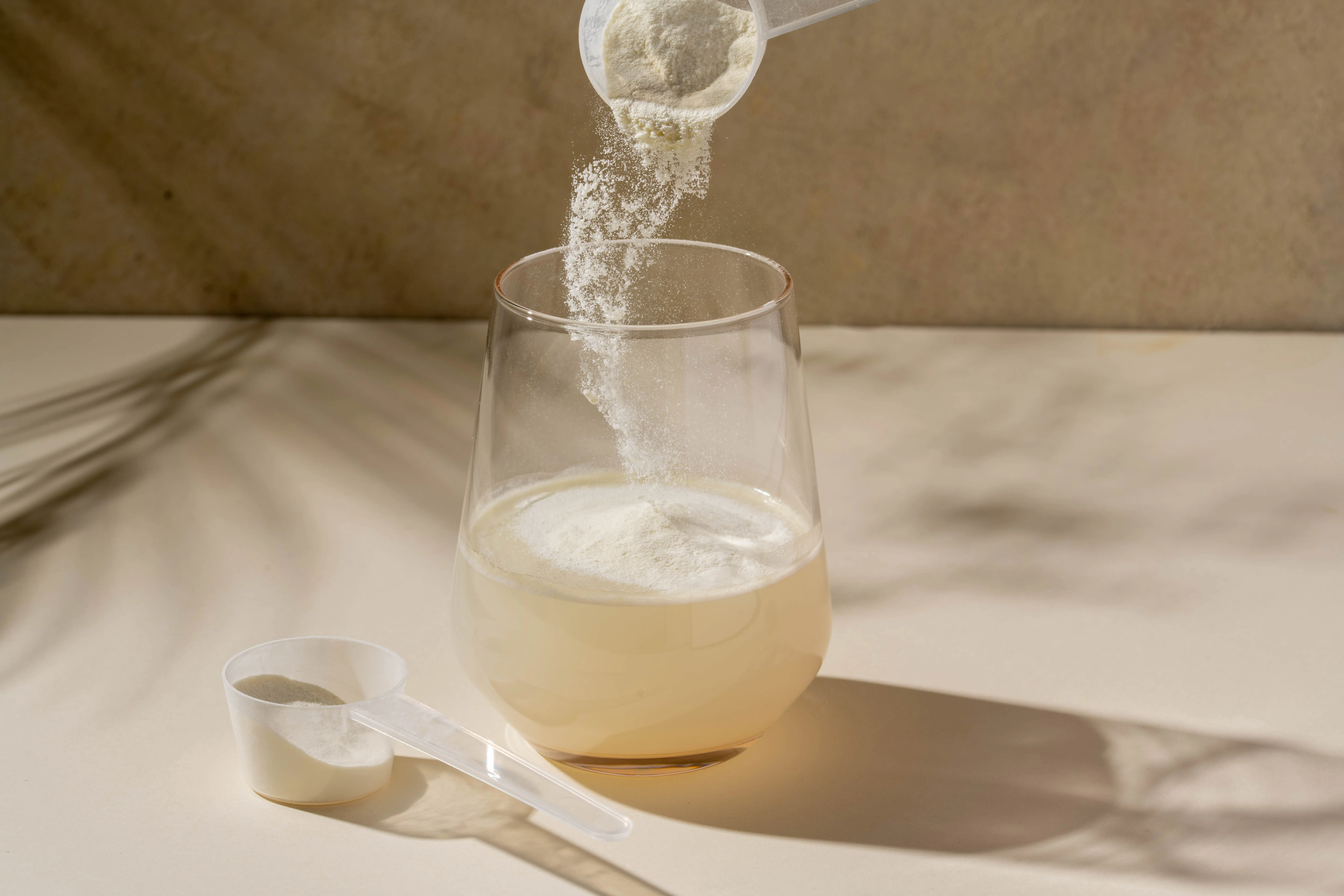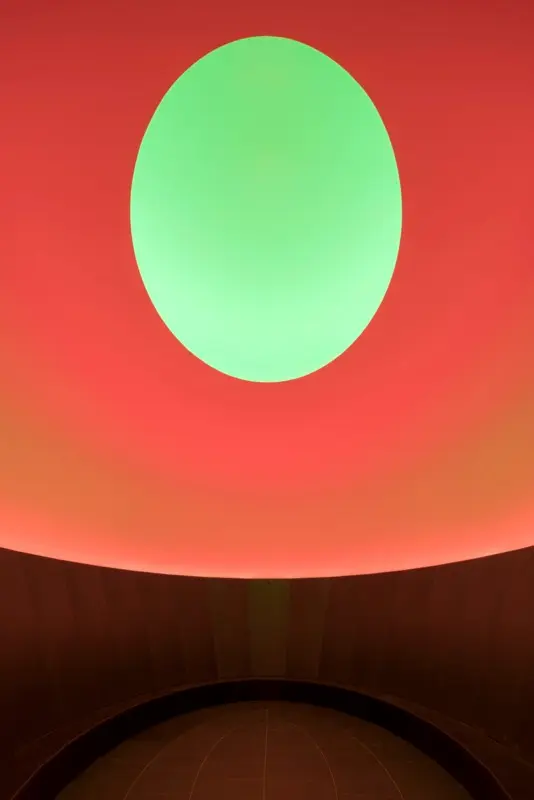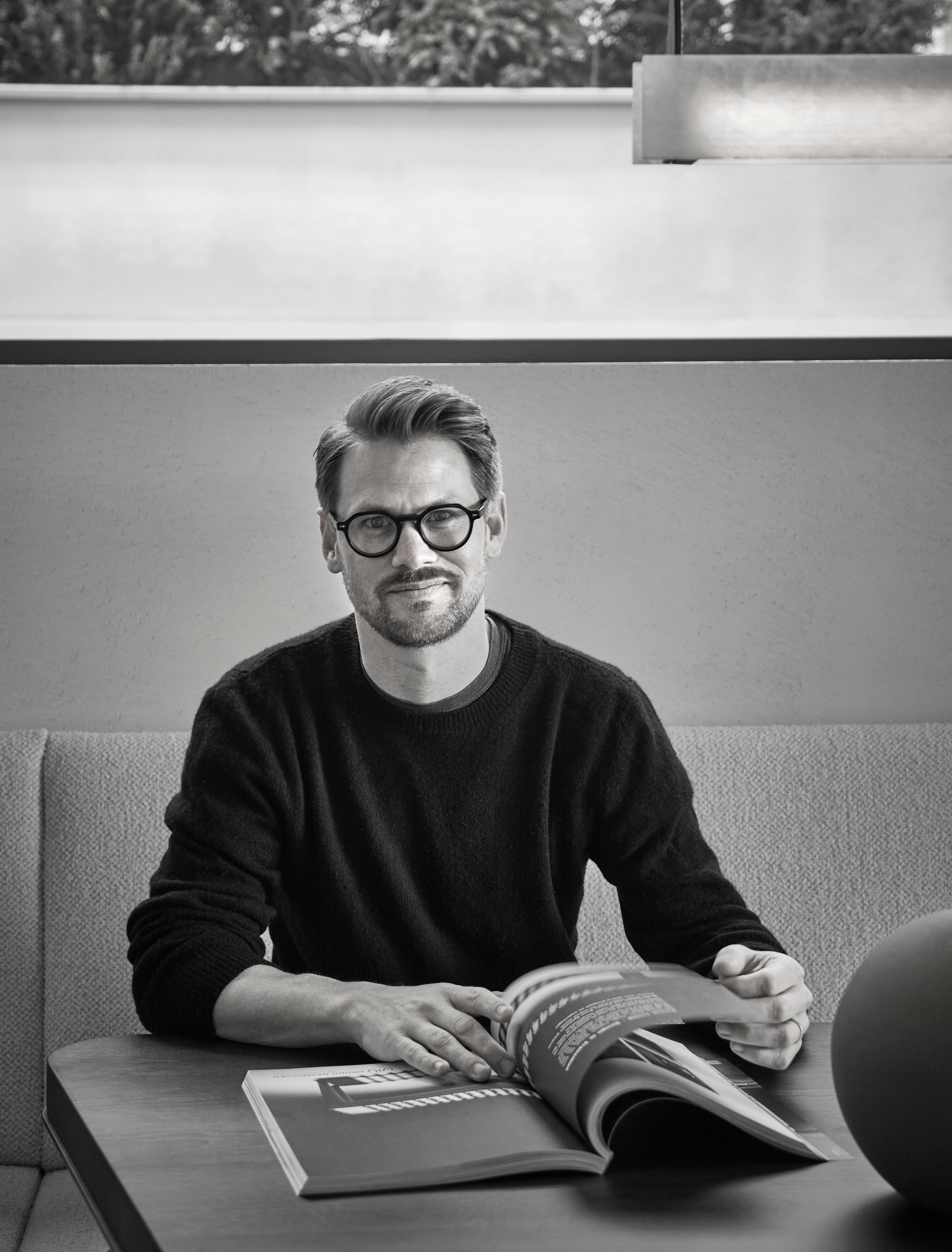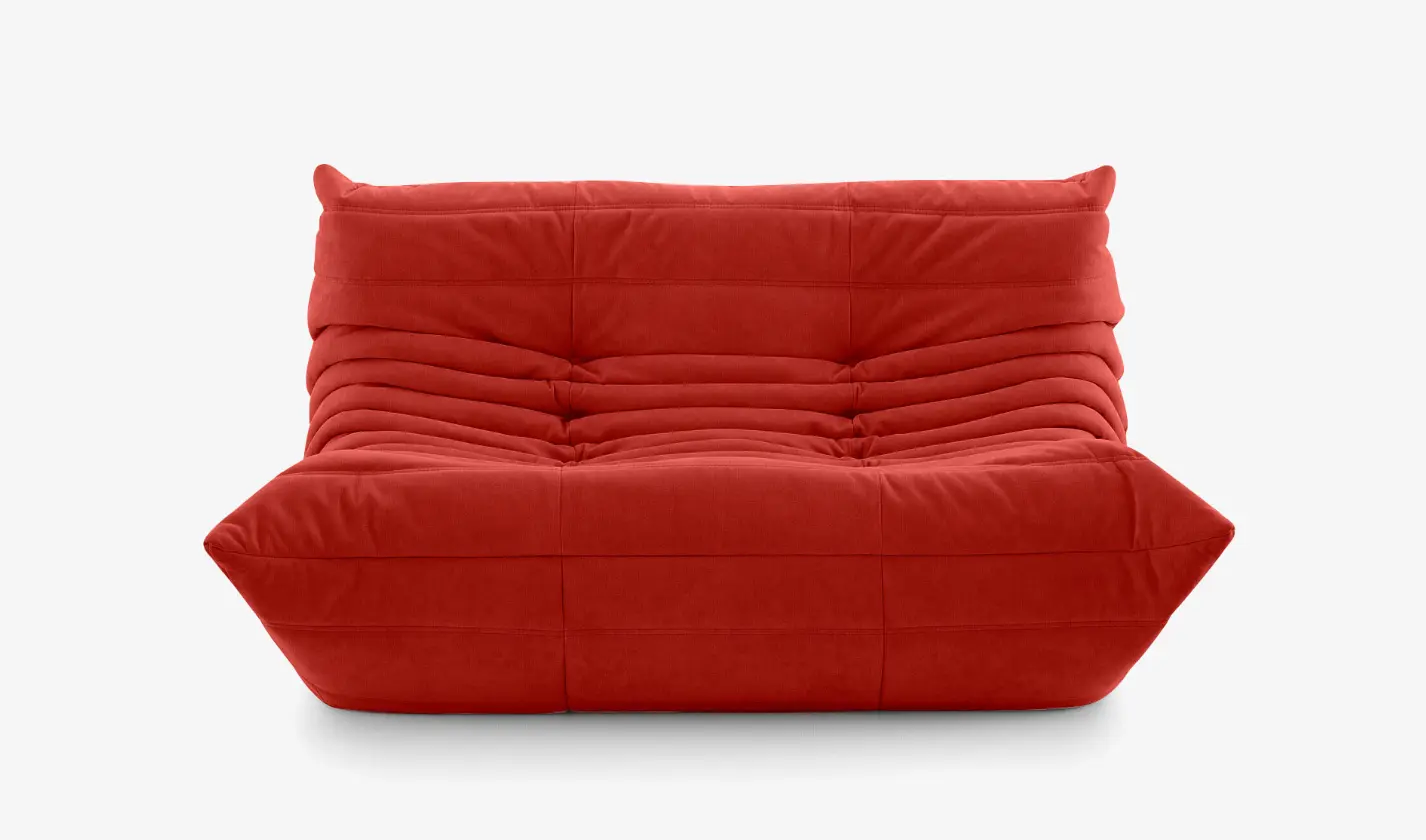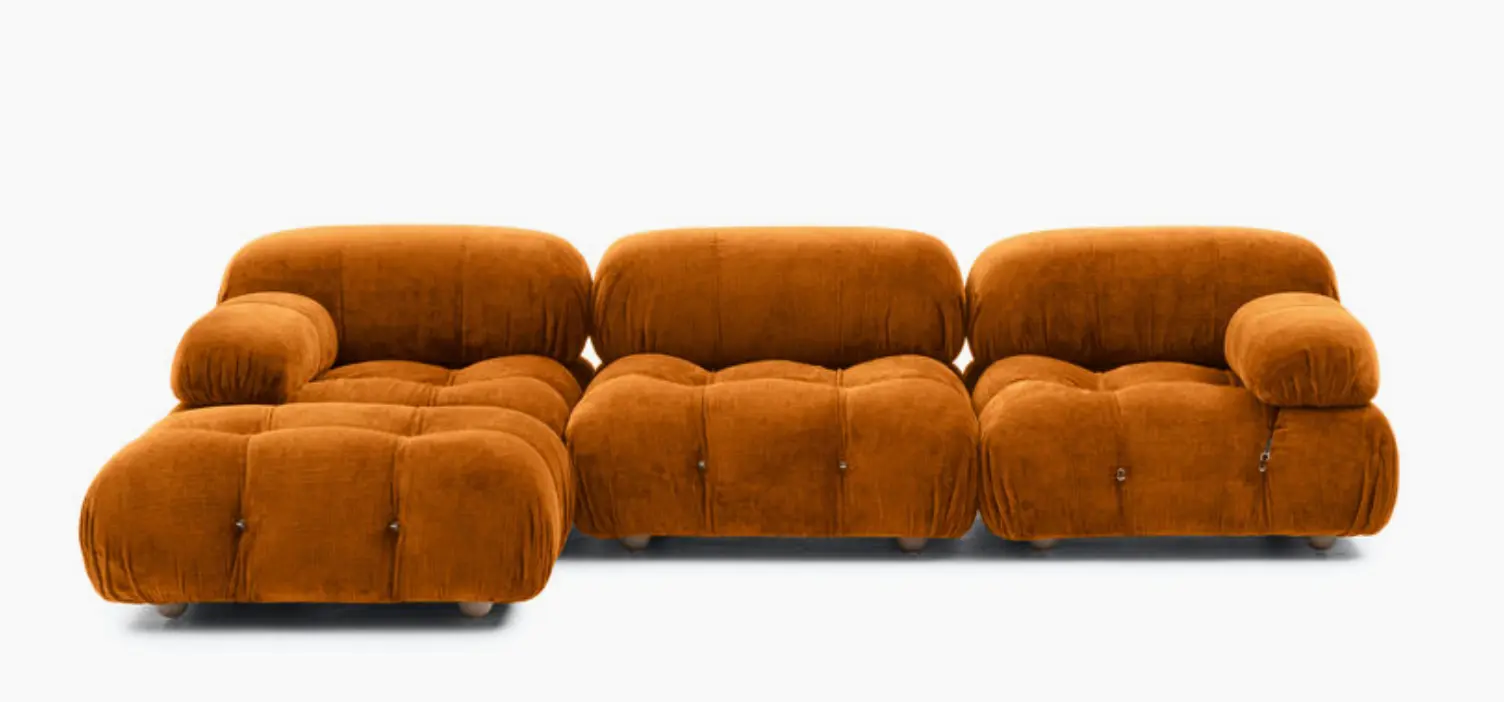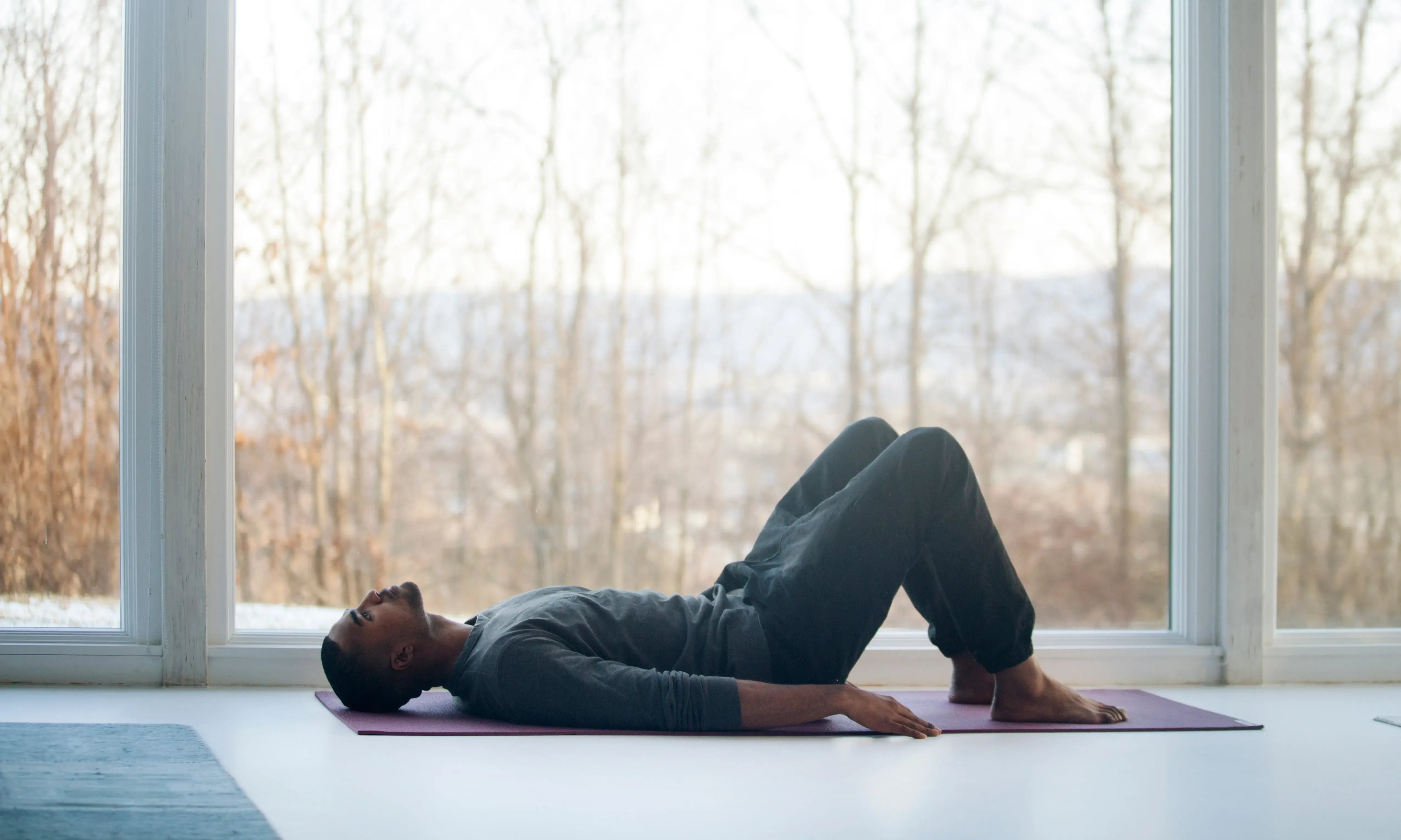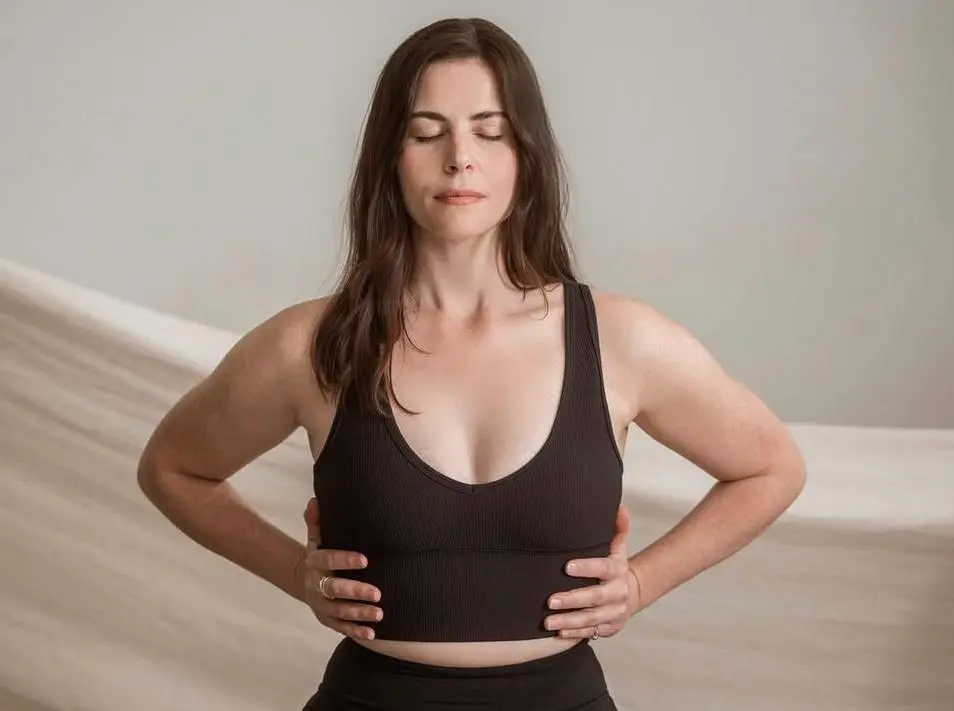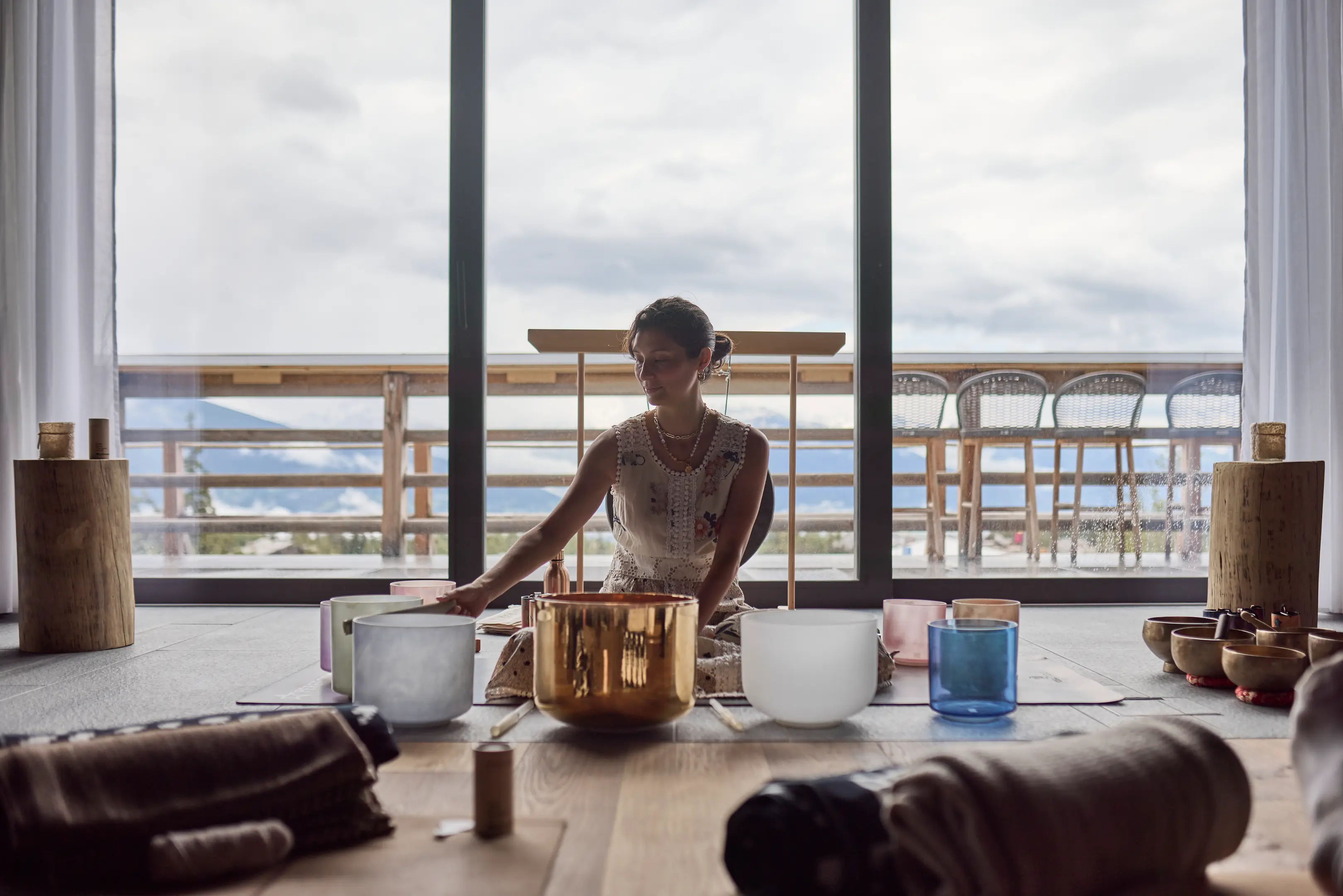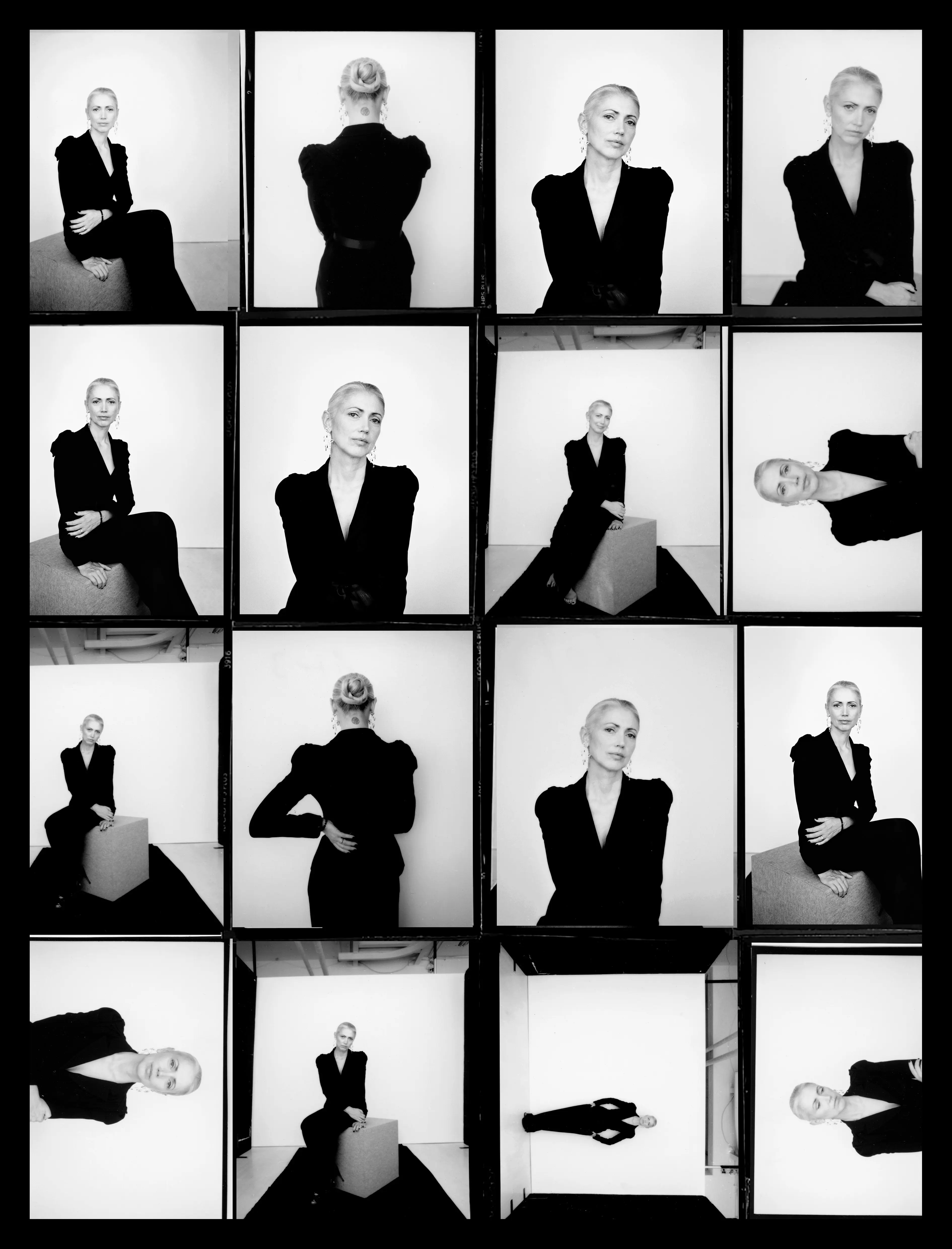What factors are decisive for whether I feel comfortable in an interior or with interior design?
The interior must primarily correspond to your own personality and fit the current phase of life - and on very different levels. Everyone evolves, as do personal tastes and standards. We often experience this when we furnish a new house for clients and visit their previous residence as part of the process.
And how do you find out what makes your clients feel comfortable at the moment?
By looking at how they currently live and what their environment is like. At the beginning of a project, we also dedicate a day in our "Empathy Workshop" to them to deeply understand what makes them tick and what is important to them. We work with imagery and mood boards that showcase different style worlds and can assess what they like based on their reactions.
We discuss what they see and listen to the words they use. For example, modern means something different to everyone. One person associates it with a minimalist 60s ambiance, while for another it means exposed concrete and glass. At the end of such a workshop, we have a very good picture of what is important to them, where their standards lie, what a certain atmosphere means to them, and what makes them feel comfortable. And when we design a house that corresponds to current life and circumstances, it is usually associated with great happiness.
Is there such a thing as a comfort miracle weapon?
Yes, Light is crucially important. That's why we don't hand over light planning. You can't aim for an atmosphere without considering the lighting. Several factors play a role here. Firstly, the warmth, the light color, and thus the Kelvin number. 2800 to 3000 Kelvin is good - anything above that looks cool and therefore uncomfortable. But it's about much more than light warmth. Light needs shadows, it needs a certain interplay between light and dark areas. Only in this way can you create atmosphere. You also have to consider the light horizon, and we often lower it. Just one ceiling light is just as uncomfortable as no light or too little light in the room. Our approach to light is very Japanese. In other words, the most beautiful and softest light is the one that shines through a semi-transparent fabric or paper.
You just mentioned the ceiling light – something typically German.
We differentiate between technical and ambient lighting. For cleaning, I need it bright. This technical light provides the basic illumination, which we then set by dimming to a maximum of 60 percent and only turn up higher if it is really necessary. The rest we generate with loose lighting and multiple light sources – a maximum of two to three different ones so that it doesn't look like a lamp studio.
